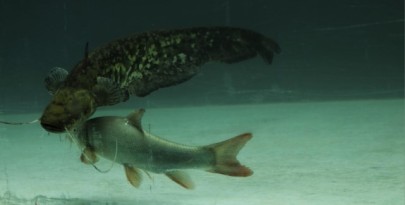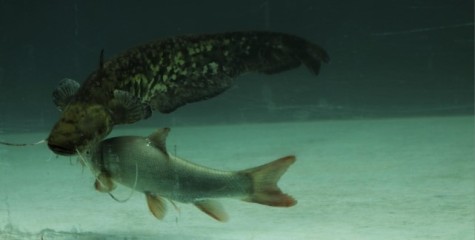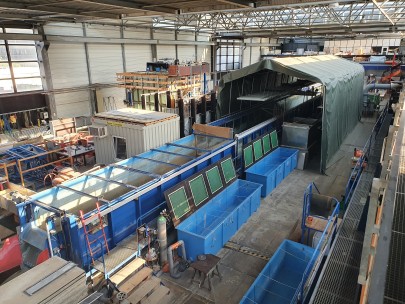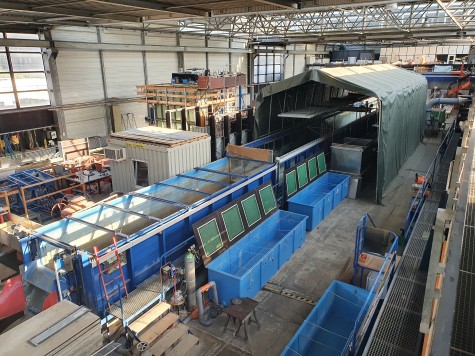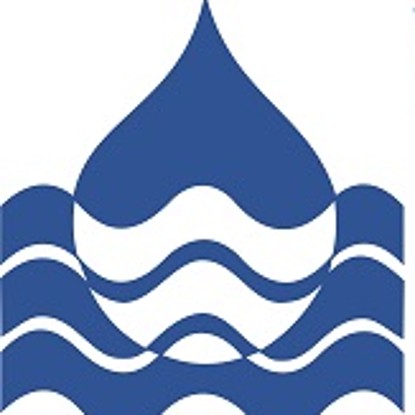Short description
Little is known about the importance and influence of light on the life and behavior of native freshwater fish. In view of the legal requirement to maintain or restore the continuity of flowing water systems in accordance with the European Water Framework Directive, this represents a knowledge gap of practical relevance: Many streams are piped or culverted in sections; and an increasing number of fishways, as well as bypasses to ensure fish migration, are tunnelled due to space constraints. Whether darkening of migration corridors affects the local movements and migrations of fish is as unclear as the effect of brightly lit sections in fishways for automatic video documentation of migration events.
Against this background, the aim was to investigate how representatives of potamodromous species, eels and salmon smolts react to different lighting scenarios as well as strong light-dark contrasts at different flow velocities by means of ethohydraulic tests in a completely darkened test rig with a varying arrangement of light fields of different illuminance levels in cooperation with the Institut für angewandte Ökologie GmbH and on behalf of the German Federal Environmental Foundation. The investigations were carried out in a 30 m long laboratory flume glazed on both sides in the hydraulic engineering experimental laboratory of the Technical University of Darmstadt. To ensure the situational similarity of the lighting scenarios to be simulated, light and flow velocity measurements were first carried out at two tunneled fishways on the High Rhine and an illuminated monitoring station on the Lahn. Based on these reference values, a 15 m long experimental area was equipped with four dimmable light fields that could be operated or switched off at illuminances of 1, 25, 125 and 1,250 to 1,400 lux. In addition to individual tests, including uniform illuminance in the test area, the behavior of fish of different species and development stages in particular was investigated in response to a light organ with increasing or decreasing illuminance in the direction of flow. It was also tested whether strong light-dark contrasts (0 and 1,400 lux) trigger shyness or avoidance reactions.
Project editing
- Prof. Dr.-Ing. habil. Boris Lehmann
- Gisela Kissel, M.Sc.



